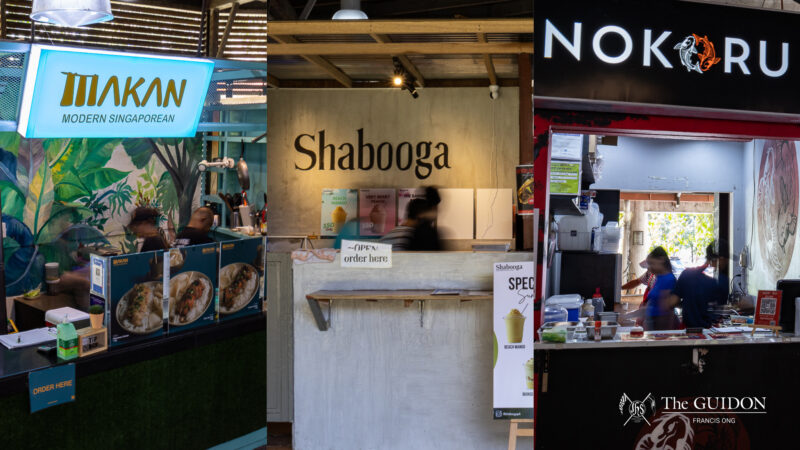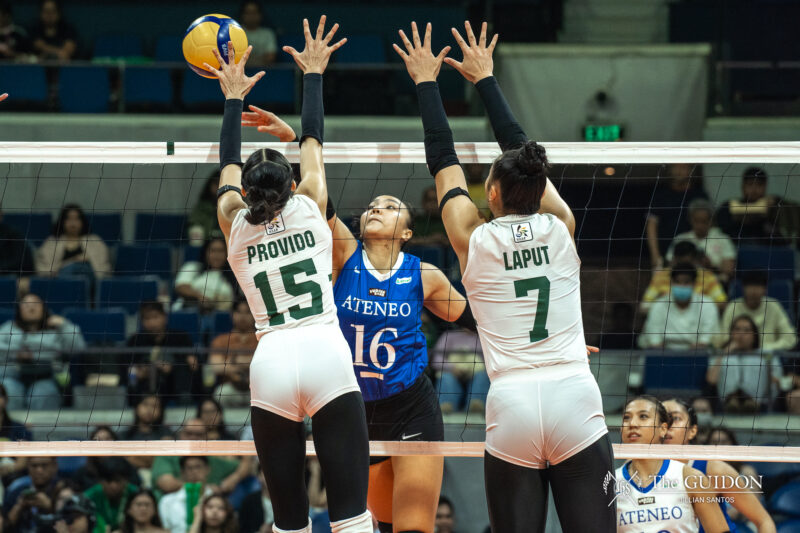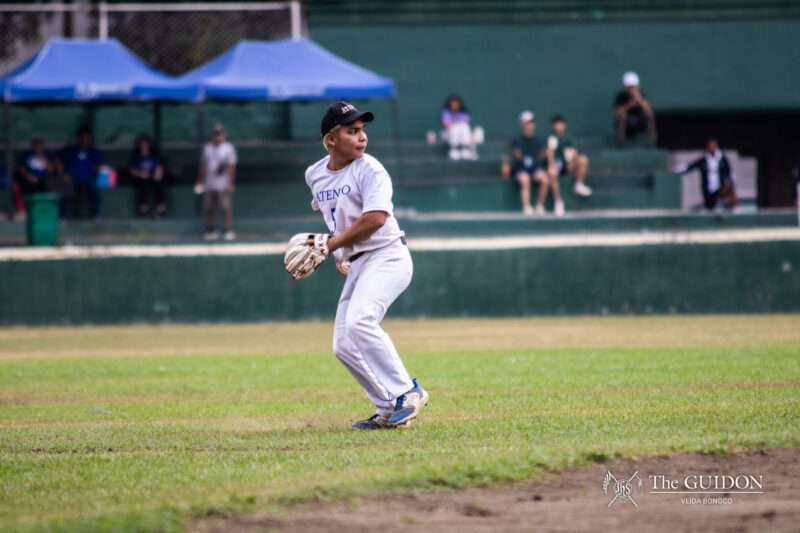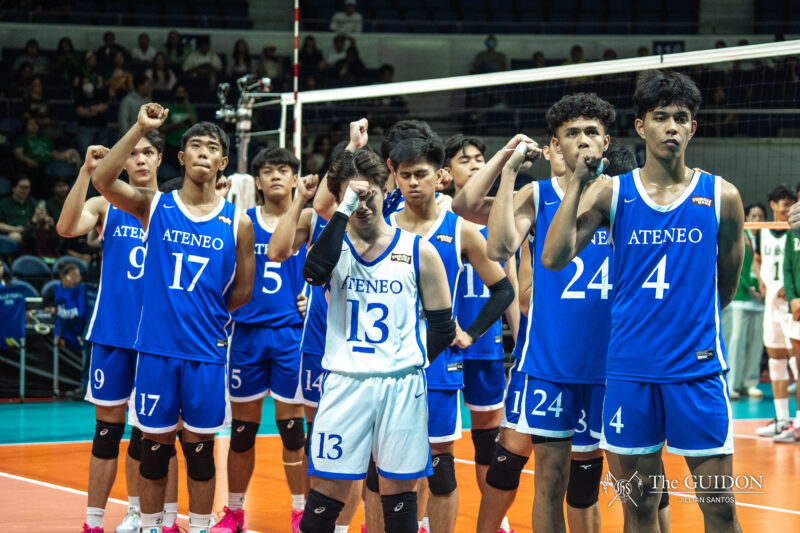SOCIAL MEDIA has changed the landscape of politics in Ateneo. The candidates of the last elections used different online platforms to present their ideologies, to answer questions and—most importantly—engage the students participating in the polls.
It is no surprise that the battle among candidates has already extended to the realm of social media, where every “like” on Facebook can translate to a potential vote. With this development, The GUIDON is presenting an analysis of the Sanggunian elections—as it was fought online.
Last year, the two presidential contenders also used the online medium to promote their candidacies. However, the online activity was not as widespread as it was this year.
The difference in fanpage likes that each candidate obtained in Facebook was reflected in the wide lead that eventual winner Rob Roque enjoyed over rival Howie Uyking.
This year’s election data yielded several interesting information.
Based on the data, winner Drew Copuyoc had the most number of likes for The GUIDON’s Blue Ballot candidate profiles (67). He also had the most fans on Facebook (571) and unique page views on blueballot.theguidon.com (972).
It is interesting to note that the candidates who had the most likes on social networks indeed won the elections. This year’s results reflected the same trend seen last year, when Roque also won the elections following a decisive victory in the social media war.
The most interesting statistic from the data presented is the number of impressions that presidential candidate Bian Villanueva got. Impressions are the raw number of times that a note or post has appeared (but was not necessarily clicked) in the Facebook newsfeed. While Villanueva may have been behind in the social media war, the number of times his article had been shared or seen in the newsfeed was significantly higher than that of Solano and Copuyoc.
While the likes and the page views may say otherwise, it seems that Villanueva had the most exposure in social media. Exposure, however, did not equate to the student body actually clicking on the links. The number of impressions, therefore, seems to be a poor indicator for electoral victory.
This begs the question: does the number of likes on Facebook equate to the number of votes a candidate will get? Is exposure in itself enough to win an election? Does social media reflect a candidate’s influence on the student body? Given Roque’s and Copuyoc’s wins and the corresponding likes that they obtained, these may be indicators and perhaps a reflection of how many open supporters the candidates have. While impressions may increase a candidate’s exposure, a more accurate assessment of a candidate’s strength is by determining how many people take the time to view and like the candidate’s page.
Facebook has played a huge part in the last two elections. Indeed, it now seems that winning the social media battle is crucial to winning the vote. Social media gives candidates the medium to properly engage with their constituents; the student body, too, can get a better understanding of the candidates’ plans for the through social media mechanisms.
A candidate’s online exposure plays a big part in students’ decision-making, but this—as supported by the election data—is not enough. A more proactive student engagement online is key to winning the social media battle.






